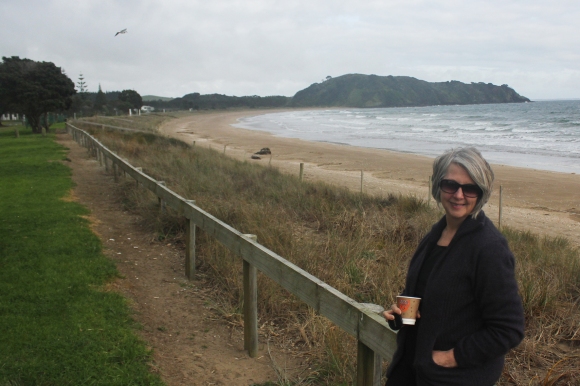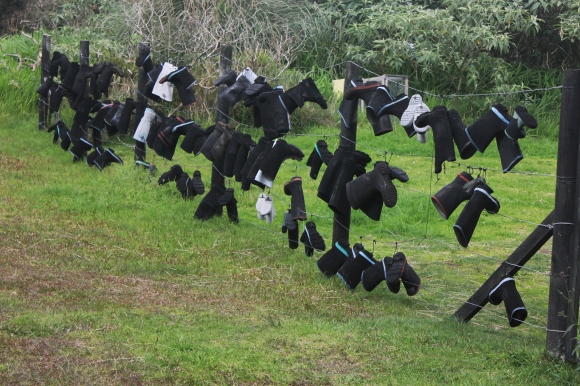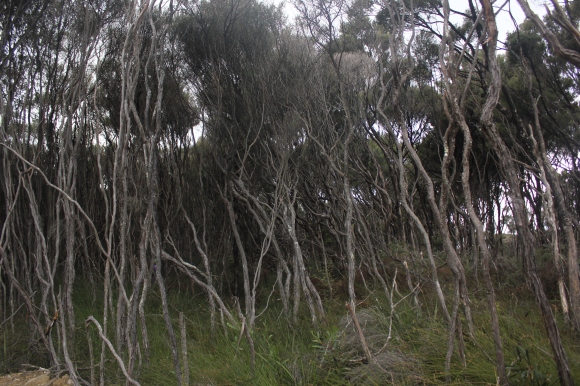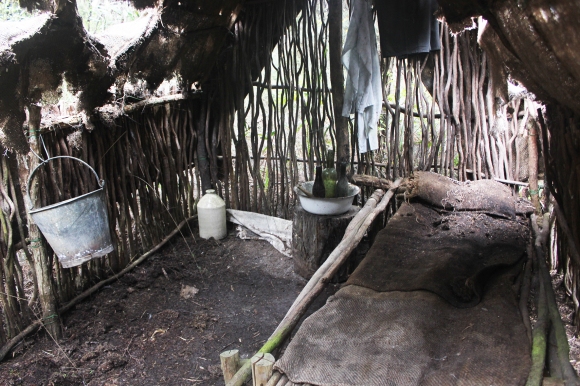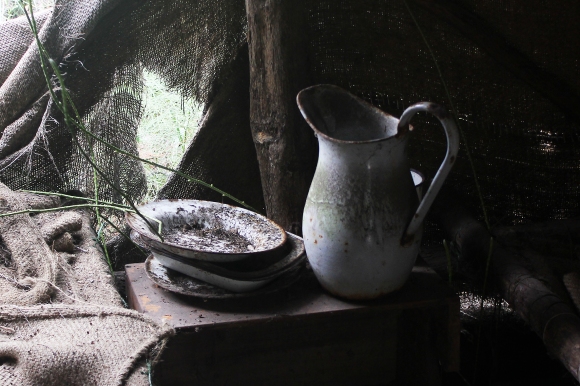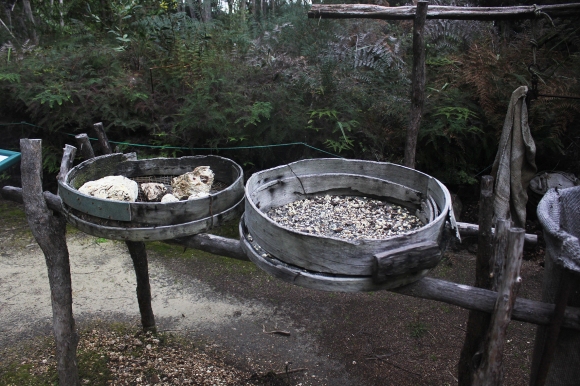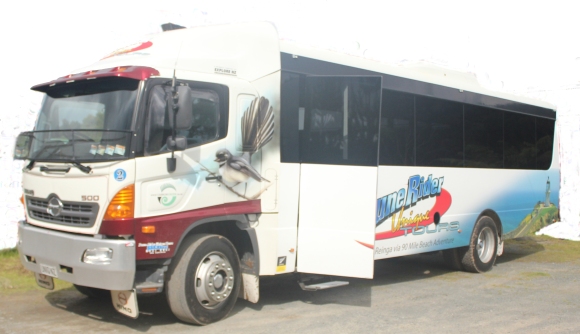
Daniel our driver picked us up from Club Paihia in Dune Rider at a time when I am more usually still snoozing. Dune Rider is a specially converted vehicle with a truck front and a coach body, purpose-built for the Northland tour.
- Before we embark on our travellers’ tales, let me introduce Daniel. I am a generally a bit apprehensive about being a coach passenger – vivid memories of Auckland bus drivers running red lights and jolting to a halt when I was a regular bus passenger commuter. Daniel’s calm and considerate driving quickly quelled any fears. Also, I can be tetchy about tour commentaries – especially about those sparse on fact and overloaded with wisecracks and cheap shots. Daniel, however, provided a most eloquent commentary – knowledgeable, interesting and friendly. His deep spiritual connection with the land added a rich dimension to the tour. We were in the best possible hands for an 11 hour journey.
Our packed lunches were ready to be picked up at Taipa. Once again, Explore NZ got it right – grainy bread sandwich with lots of meat and salad filling, bottled water, a piece of fruit and some slice – pretty much exactly what I would have chosen for myself. (I promise, I have no personal connection in any way with Explore NZ. I am just a happy customer!)
The English call them Wellingtons or wellies – and we call them gumboots. Why? Because these were the boots that gum diggers wore, of course! How did I reach this age without knowing that before?
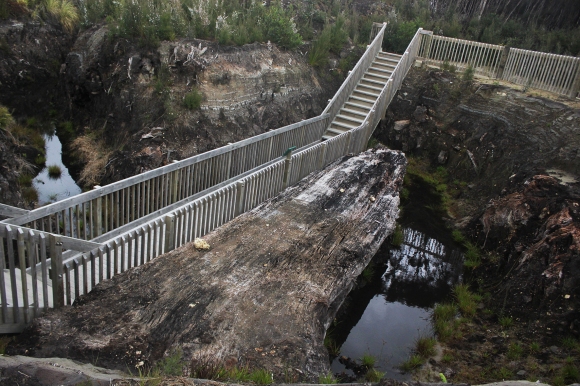
…to an ancient kauri log, estimated to be between 100,000 and 150,000 years old. The log has a girth of around nine metres.
Apparently, in all the buried forests in this area, the trees have fallen in the same direction. Mysterious. The most popular theory is that the kauri forests were felled by tsunami or meteorite strikes. The chemistry of the peat swamps has preserved rather than fossilised the fallen trees.
When kauri trees lose their branches, the sap drips to the ground and hardens, becoming the prized amber coloured kauri gum. The English immigrants dug the peat swamps for buried kauri gum and exported it back their homeland as it was used to make varnish, linoleum and perfumes. The images below show the well ventilated shelters where the gum diggers would have lived.
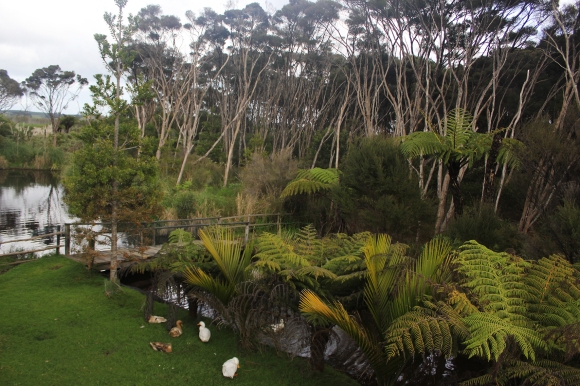
The walk through the trees and past the gum diggers’ accommodation came out at a clearing where there are young kauri, manuka and ferns.
I had not previously heard of Gumdiggers Park. When I asked others on the tour what was the highlight of their day, Gumdiggers Park rated the top mention.
Our next stop was a better known New Zealand landmark – the northern most tip of the country, Cape Reinga.

